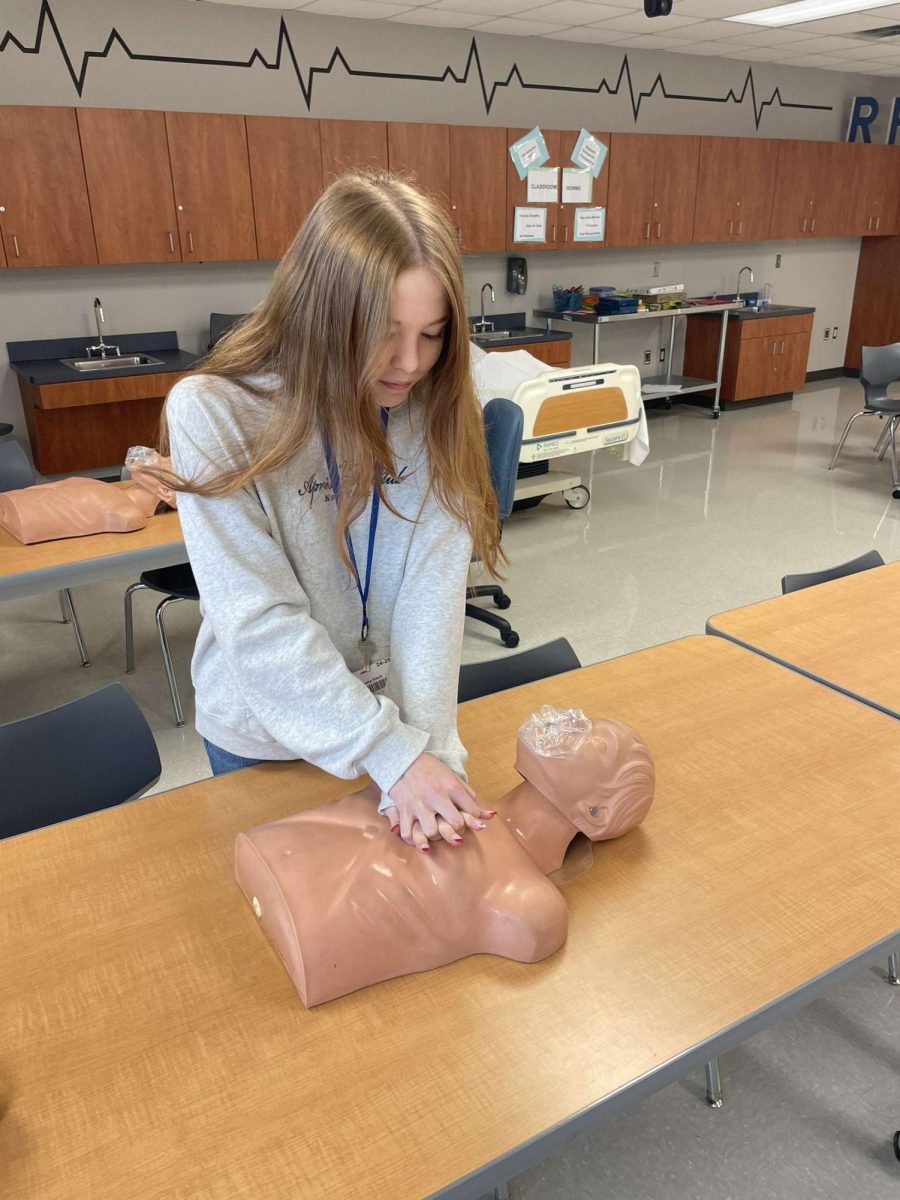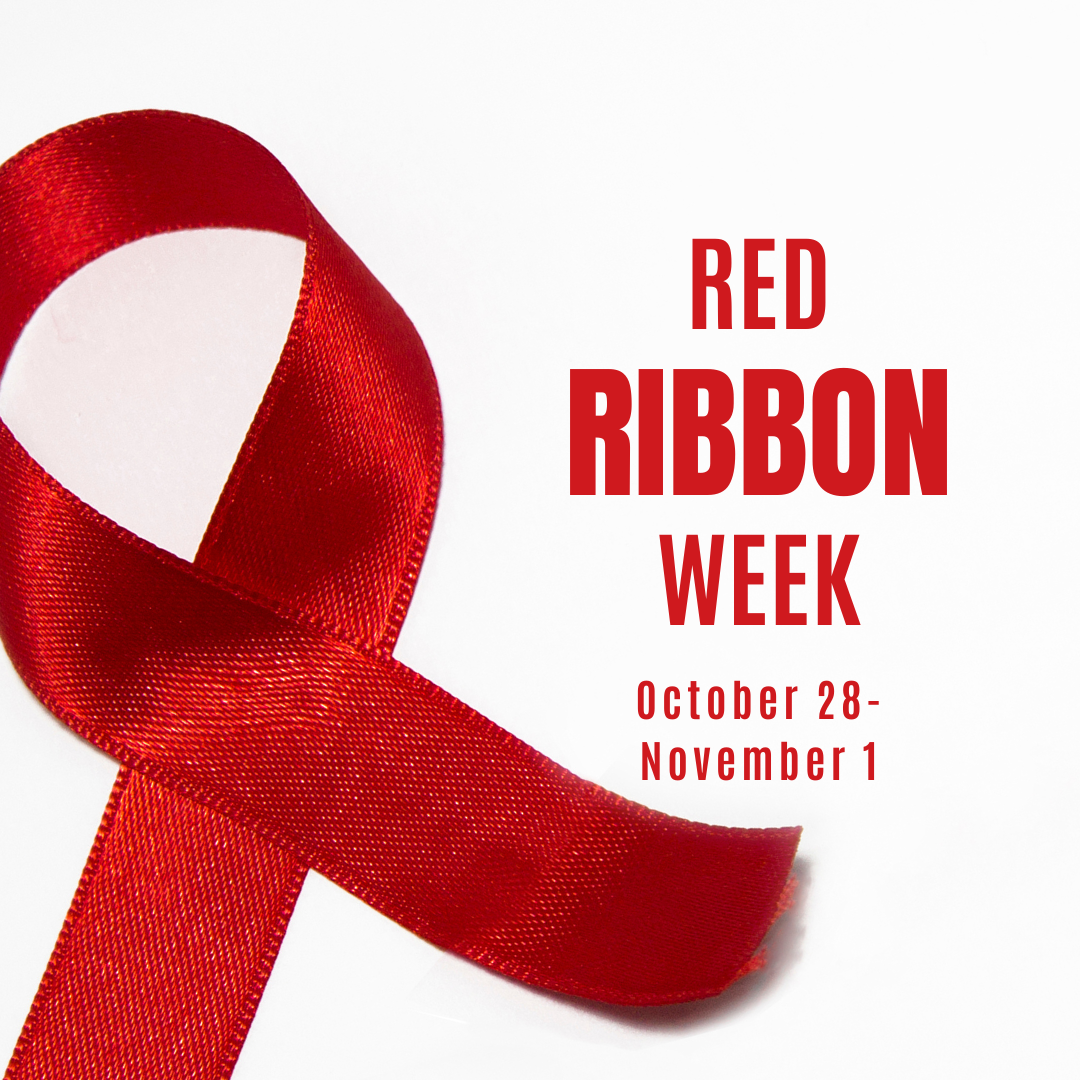Dress codes in high school have always been a notorious topic of debate, mainly between students and staff. Some argue that dress codes maintain order and balance, keeping the students in check; others argue that dress code is unfair and pointless, blocking creativity and not allowing students to express themselves in the simplest of ways.
While experiencing changes and hard times, students shouldn’t have to worry about their clothing, on top of all the stress and worries in their life. It is simple common sense that teenagers should be allowed to wear whatever they please. Unfortunately, that is not the case at many schools. Dress code, in moderation, is not an issue. Simple, obvious rules should certainly be enforced, such as no spaghetti straps or covered midriffs, which most schools care about. However, the situation has spiraled out of control. Students can’t even wear T-shirts without being told to put on a hoodie. It’s 110 degrees in Texas, yet the student body comes to school with hoodies in their hands, waiting for a teacher to reprimand them. The school board needs to fix this issue by modifying the dress code from its outdated ways.
Dress code is also inconsistent and frustrating for students. Some people get dress-coded, while others don’t. It shouldn’t be the flip of a coin. Dress code needs a balance, and when each teacher is disagreeing on what’s appropriate or what’s not, it’s impossible for students. Dress code can often feel oppressive, targeting certain students, such as girls or those from different cultural backgrounds. Girls can’t wear leggings without getting told to change, but when boys wear athletic shorts or sweatpants, they often get away with it. Dress code needs to be changed and modified to be fair, inclusive and reflective of the student body.
On the other hand, administrators argue that the dress code and uniforms creates a sense of equality among students and makes the atmosphere more professional. However, high school students should not need to feel “professional”, and oftentimes students cannot afford to go out and buy uniform-like clothing. Many households do not have extra money to spend on dress code appropriate clothes, leaving students unable to wear their wardrobes and having to wear the same hoodie everyday. This can lead to extra stress and tension in households.
There is an easy solution to the extra stress, financial tension, and every other negative side effect that comes from dress code– change dress code to allow basic clothing such as T-shirts, leggings and shorts. Modify it so everyone can feel comfortable and not overheat when it’s 110 degrees. Students don’t have to be dressed to a tee in khakis and polos to sit at a desk and work.
Although the dress code aims to make a focused and professional learning environment, the cons far outweigh the pros, and the confusion and stress are impossible for students. Dress code needs to be modified to be more fair for teens. Uniforms are outdated, and no kid wants to wear polos or spirit shirts everyday of the year. Modifying the dress code is necessary for the physical and mental health of all students, and it needs to be done as soon as possible.















lobna b. • Aug 31, 2024 at 11:16 am
“Dress code can often feel oppressive, targeting certain students, such as girls or those from different cultural backgrounds.”
Wish this part was elaborated on… East has a very diverse student body & it’s a serious issue if dress code is targeting students from different cultural or religious backgrounds
Laura Gruber • Aug 30, 2024 at 8:46 pm
As a parent of a Wylie ISD student, I completely agree with you. The dress code is outdated. Great article.